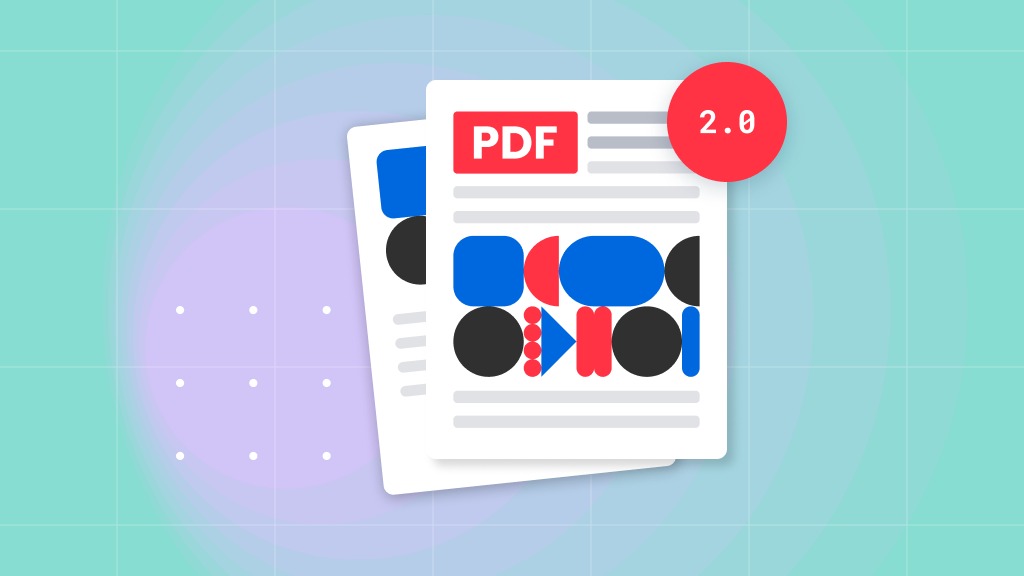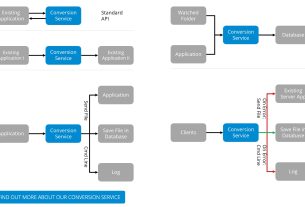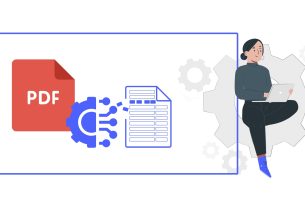It is rare for industrial products to survive more than 20 years, especially in the IT industry. Even the inventors of PDF could not have imagined the success of their file format when they launched the first Version of Acrobat in June 1993. Members of the International Organization for Standardization (ISO) are now working on the next generation of this popular format.
Since ISO-32000–1, entitled “Document Management – Portable Document Format – part 1: PDF 1.7”, was published in mid-2008, the sixth edition of Adobe’s famous PDF reference has not changed much – translated only into the ISO language. However, this will change when the second part of the standard, “Part 2: PDF 2.0”, will be published soon. This new Version was created by the members of ISO, more precisely by the Technical Committee 171, sub-committee 2. To clarify that this is a new standard, a “2” has been added to the main version number. The standard is currently at the DIS (International Standard Draft) stage, a little before its publication, and will be submitted to the vote on September 16, 2015.
But the many changes have taken their toll. It took seven years to create the second part, much longer than for previous versions. In fact, Adobe managed to release seven versions in just 15 years – and with exceptional quality. On the positive side, the second part of the standard has received many contributions from ISO members and many parts of the text are more clearly formulated. This makes it easier for the industry to understand the specification, increase the quality of the implementation and thus improve interoperability. It is hoped that this will result in much fewer “bad” PDFs.
What will be the impact of the new Version?
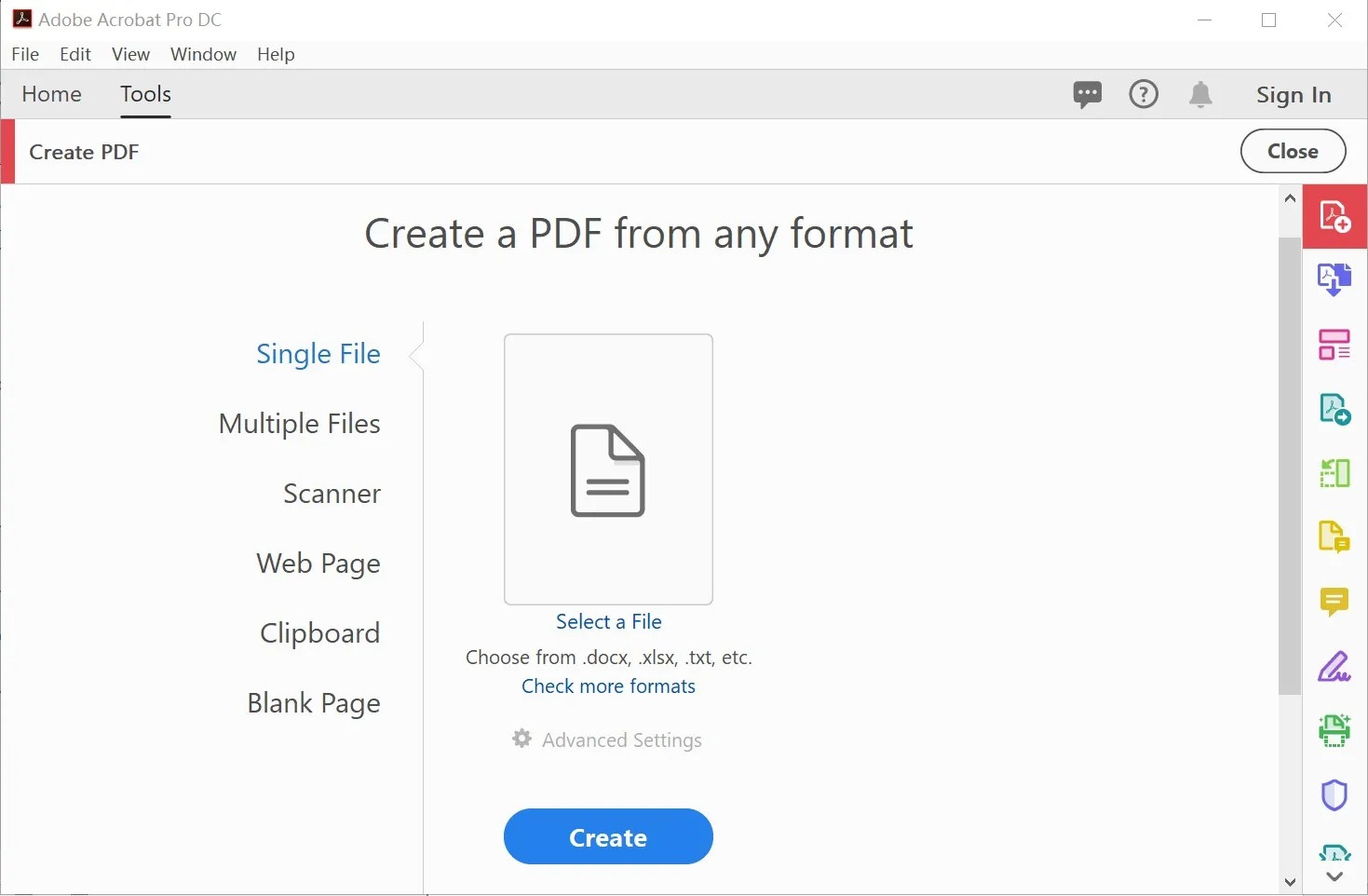
For the main applications of PDF – i.e. Archiving (PDF/A), document exchange (PDF/X), engineering (PDF/E) and accessibility (PDF/UA) – ISO has defined special sub-standards, most of which are based on the first part of the PDF standard. It is likely that these standards will also be adjusted to make them relevant for the second part. However, one should not assume that the main standard will now be “new”, and the sub-standards will be “old”.
Instead, the development of these standards should be considered as an interaction. Thus, many changes in the second part of the PDF standard are based on information derived from work on sub-standards and integrated into development. In addition, unlike the PDF Master standard, there is no real urgency to modify the PDF/X, PDF/e and PDF/UA sub–standards because they have been independently optimized by Adobe for some time. With PDF/A, the situation is a little different.
The special matter of archiving
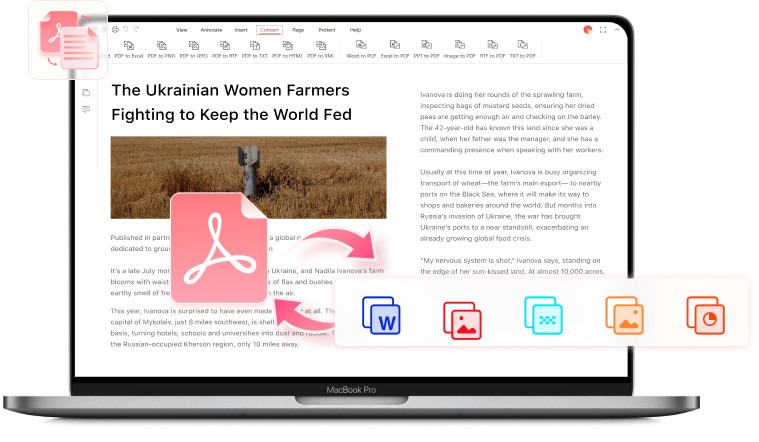
As soon as the first PDF files of Version 2.0 are created, the question arises of how to archive them in accordance with the standards. PDF/A must have an answer to this question. Unlike other PDF sub-standards, this application is subject to a certain time pressure. But the large number of changes makes it difficult to find a quick solution. The PDF/A community is also facing other problems, especially related to validation.
The validation process checks whether a PDF file meets a certain standard. This check is common with PDF/X and PDF/A files and is essential for archiving purposes, as violations of the standard can make archive files unreadable after 10 years or more.
Differences in the validation of PDF/A files
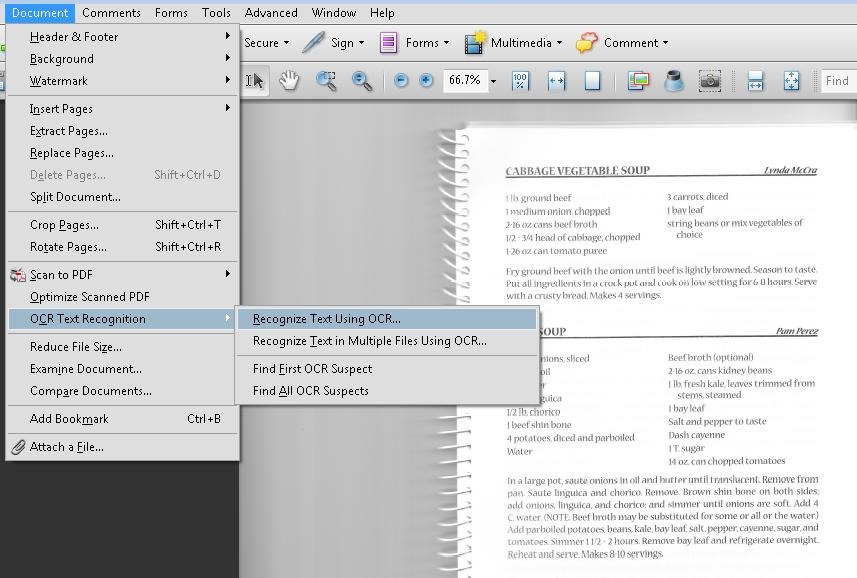
Various commercial software (validators) can be used to verify compliance with various parts of the PDF/A standard. Since all parts of the PDF/A standard are based on specific master standards such as PDF 1.4 and PDF 1.7, validators must also verify compliance with these standards. Moreover, the manufacturers of these validators often interpret the text of the standards differently. These two factors can cause different validators to provide different test results.
In addition, individual users may have unrealistic expectations about what a validator can and should do. The shortcomings of the validators and the unrealistic expectations of individual users can lead to questioning the PDF/A concept. The calls for a “definitive validator” are therefore becoming louder and louder.

